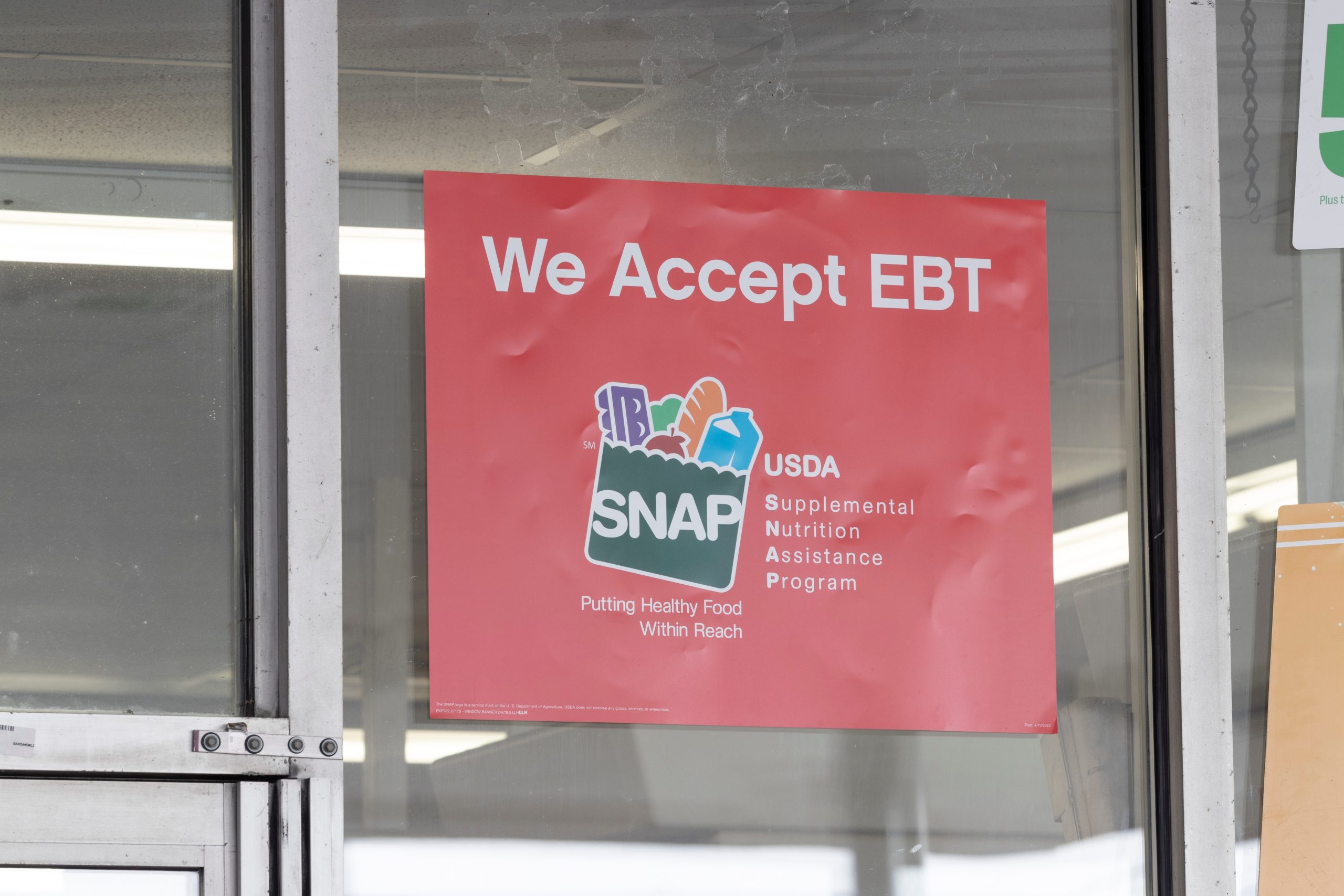Eric Mitchell, President, Alliance to End Hunger
Today is World Food Day. Every year on October 16 we have this opportunity to think and reflect broadly on the progress we have made and the journey we have ahead of us. This year we are also looking towards the upcoming presidential and congressional elections in less than three weeks, adding uncertainty to where food and nutrition security could end up on the list of priorities for the next Administration.
Unfortunately, news related to hunger has been dire across the world, including in the United States.
Globally, up to 750 million people are food insecure according to the latest State of Food Security and Nutrition in the World report, with an estimated 29 percent of the world’s population facing either moderate or severe food insecurity, and over a third of the world not able to afford a healthy diet in 2022. According to the Integrated Food Security Phase Classification (IPC), 168 million people across 42 countries are in a food security crisis or worse, with nearly 24 million in a desperate emergency situation. Conflict in places such as Sudan, Ukraine, and the Middle East, the continuing ravages of climate change, and protracted political and economic instability are all contributing factors.
 This is not to say that all news on a global scale has been bad. While malnutrition continues to be a major factor in childhood morbidity and mortality around the world, progress has been made to reduce stunting and wasting. This has been a major focus of the Alliance to End Hunger and many of our partners over the past couple of years – from working to enact the Global Malnutrition Prevention and Treatment Act, to mobilizing both public and private funding for efforts to prevent and treat malnutrition globally, including ready-to-use therapeutic foods (RUTF) and supplemental nutritional foods.
This is not to say that all news on a global scale has been bad. While malnutrition continues to be a major factor in childhood morbidity and mortality around the world, progress has been made to reduce stunting and wasting. This has been a major focus of the Alliance to End Hunger and many of our partners over the past couple of years – from working to enact the Global Malnutrition Prevention and Treatment Act, to mobilizing both public and private funding for efforts to prevent and treat malnutrition globally, including ready-to-use therapeutic foods (RUTF) and supplemental nutritional foods.
Here in the United States, we are not immune from global trends, and we have also seen an unfortunate uptick in food insecurity. The recent Household Food Security in the United States in 2023 report, released by the U.S. Department of Agriculture, underscored that hunger in America has been getting worse, not better, with food insecurity rates generally and among households with children spiking to the highest they have been in a decade. 18 million households were food insecure at some point in 2023 – statistically higher than in 2022. Food insecurity also continues to impact Black and Hispanic Americans at a disproportionate rate of more than double that of White Americans.
 Despite these concerning numbers, the situation in the United States could be much worse without support for critical nutrition programs. The Alliance and its partners continue to diligently advocate for federal nutrition programs. Earlier this year, our community helped secure an additional $1 billion to ensure the Special Supplemental Nutrition Program for Women, Infants and Children (WIC) is able to meet increased demand. Further, the Supplemental Nutrition Assistance Program (SNAP) successfully lifted 3.4 million people out of poverty in 2023.
Despite these concerning numbers, the situation in the United States could be much worse without support for critical nutrition programs. The Alliance and its partners continue to diligently advocate for federal nutrition programs. Earlier this year, our community helped secure an additional $1 billion to ensure the Special Supplemental Nutrition Program for Women, Infants and Children (WIC) is able to meet increased demand. Further, the Supplemental Nutrition Assistance Program (SNAP) successfully lifted 3.4 million people out of poverty in 2023.
So where do we go from here? We have a long way to go before we can see the end to hunger in the U.S. and globally. But to ensure that we continue to stay on the right path, there are a few key areas the Alliance and our larger community will continue to focus on:
- Pass an anti-hunger Farm Bill: We are well overdue for a new Farm Bill. This important piece of legislation is vital for food and nutrition efforts both in the United States and around the world. Domestically, the bill has provisions related to SNAP, The Emergency Food Assistance Program, and other key programs. Globally, the Farm Bill authorizes the Food for Peace Program, which provides both emergency relief and development funding around the world, and the McGovern-Dole Food for Education Program, which has proven invaluable in its ability to ensure vulnerable children – especially girls – are able to attend school while also lessening the burden of food insecurity for themselves and their families. The Farm Bill is our largest food security legislation. It sets the tone for how the U.S. government prioritizes food security. The Farm Bill needs to ensure that the programs authorized under it improve accessibility, availability, and affordability of food for everyone, especially households that are most at-risk of hunger.
 Ensure Hunger is A National Priority: With the elections coming up, it is imperative that we hold the next Administration and Congress accountable when it comes to food and nutrition security everywhere. Like many others, the Alliance played a part of the development of the National Strategy on Hunger, Nutrition, and Health. In 2025, we must ensure that policymakers make this national strategy a priority by advocating that food and nutrition are important to health, national prosperity, global security, and the universal well-being of all Americans.
Ensure Hunger is A National Priority: With the elections coming up, it is imperative that we hold the next Administration and Congress accountable when it comes to food and nutrition security everywhere. Like many others, the Alliance played a part of the development of the National Strategy on Hunger, Nutrition, and Health. In 2025, we must ensure that policymakers make this national strategy a priority by advocating that food and nutrition are important to health, national prosperity, global security, and the universal well-being of all Americans.- Approach Food and Nutrition Security through an Equity Lens: We continue to see it both in the United States and globally – hunger and malnutrition hit certain populations disproportionately hard. Here in the U.S., we see hunger reaching deeper into Black, Hispanic, Indigenous, child and senior populations in ways that needs to be addressed at a systematic, policy, and practical level. Globally, some of the hungriest people are ironically smallholder farmers, who coincidentally also grow a third of our world’s food. Helping these farmers by addressing root causes and providing resources to build resilient food systems must be a priority.
It is easy to become discouraged when looking at hunger in the world today. Stories of war, famine, economic uncertainty, food prices, and inequality are enough to cast a shadow over our accomplishments. But we have made progress, and I continue to be optimistic. Our Alliance continues to grow and become stronger, reflecting a growing movement of leaders dedicating themselves and their communities to root out hunger and malnutrition everywhere. This is what building public and political will to end hunger looks like, and I for one am energized to see what we can do next.




